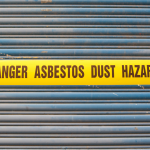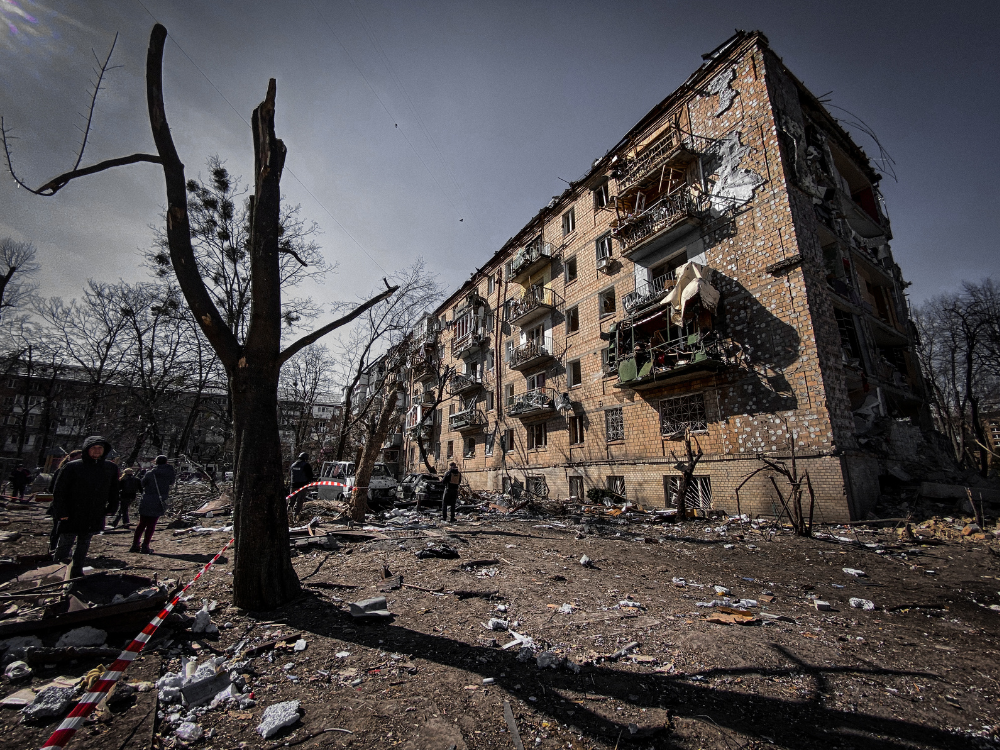A year on from the start of the war in Ukraine, safety experts are warning that the scale of damage, especially to buildings, could mean potentially long-term health risks to residents.
Ukraine was one of the largest consumers of Russian asbestos, and it was used widely in construction. During its time in the Soviet Union, Ukraine also produced significant volumes of asbestos, and the geopolitical challenges made it difficult for Ukraine to ban asbestos.
The usage of asbestos in Ukraine was as high as 183,000 tons as recently as 2005. In 2017 the country finally banned asbestos, but its use throughout the country for so long means that the risks remain. A recent study suggested that up to 60% of roofs in the country were made from asbestos-reinforced materials.
Additionally, due to its widespread use and only recently being banned, there are no clear records of the types, volume or distribution of asbestos throughout the country – further hampering the task of rebuilding following the conflict.
The scale of destruction of buildings in Ukraine is creating millions of tons of asbestos-contaminated rubble. While asbestos poses a low risk to human health when it remains undisturbed, widespread damage at significant levels means that, given the known scale of asbestos use, it is likely that large parts of the country are highly contaminated.
Experts believe that the scale of asbestos contamination is likely to create serious, long-term health hazards. Some have gone so far as to refer to it as a “secondary environmental disaster”, at a “scale that the world is ill-equipped to deal with.”
There are widespread calls throughout the international community to consider the ramifications of asbestos contamination while also providing humanitarian aid and recovery support. Some point to the ongoing health issues experienced by those on the front line of the collapse of the World Trade Centre in 2001, and the considerable losses that continue to mount long after the initial incident.




